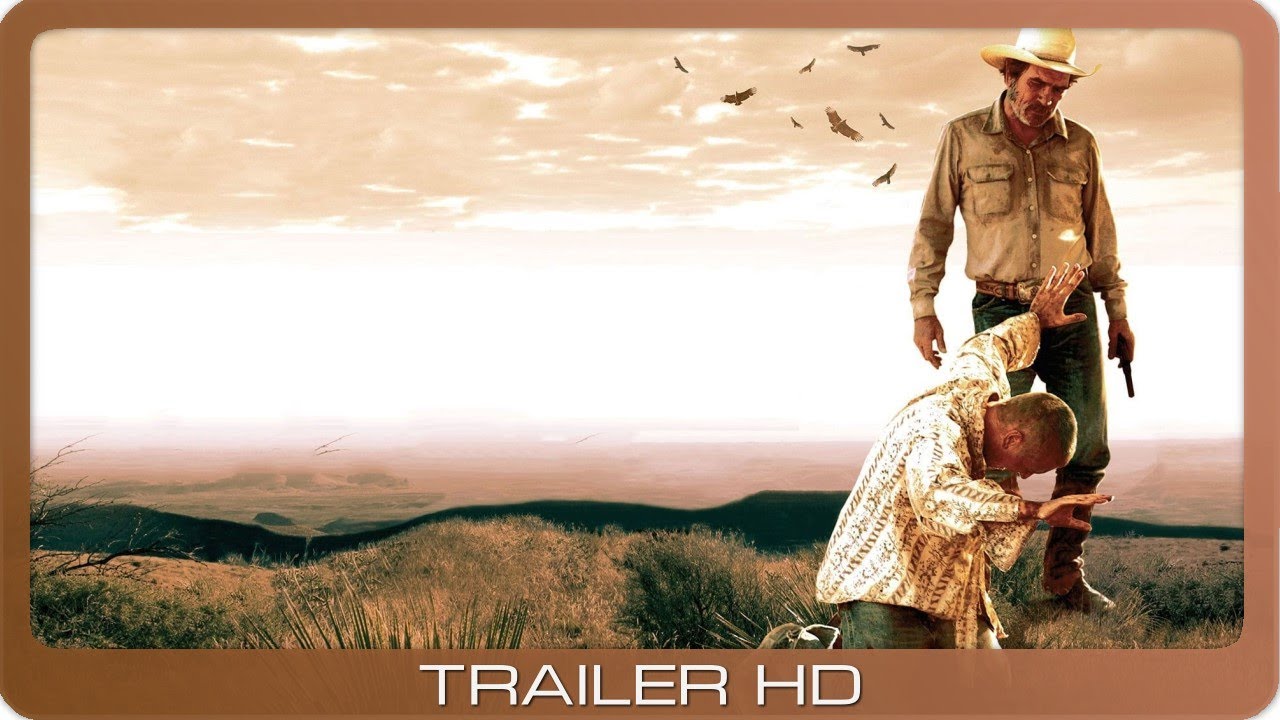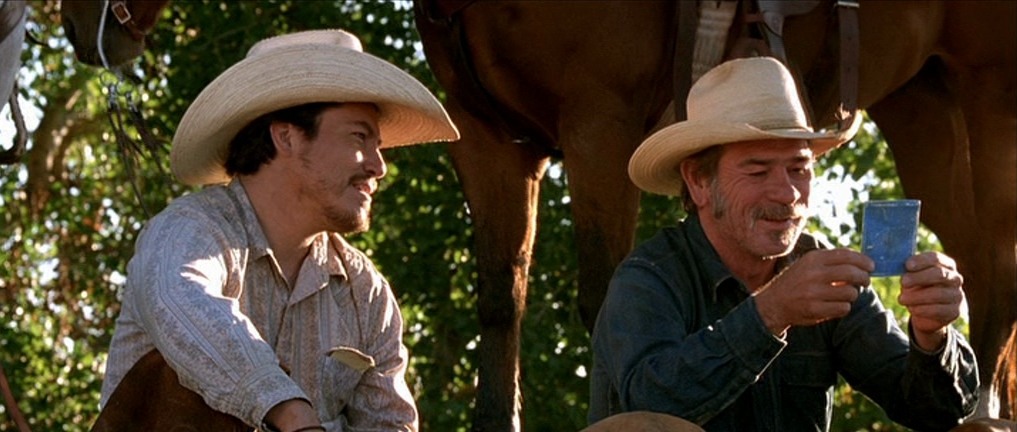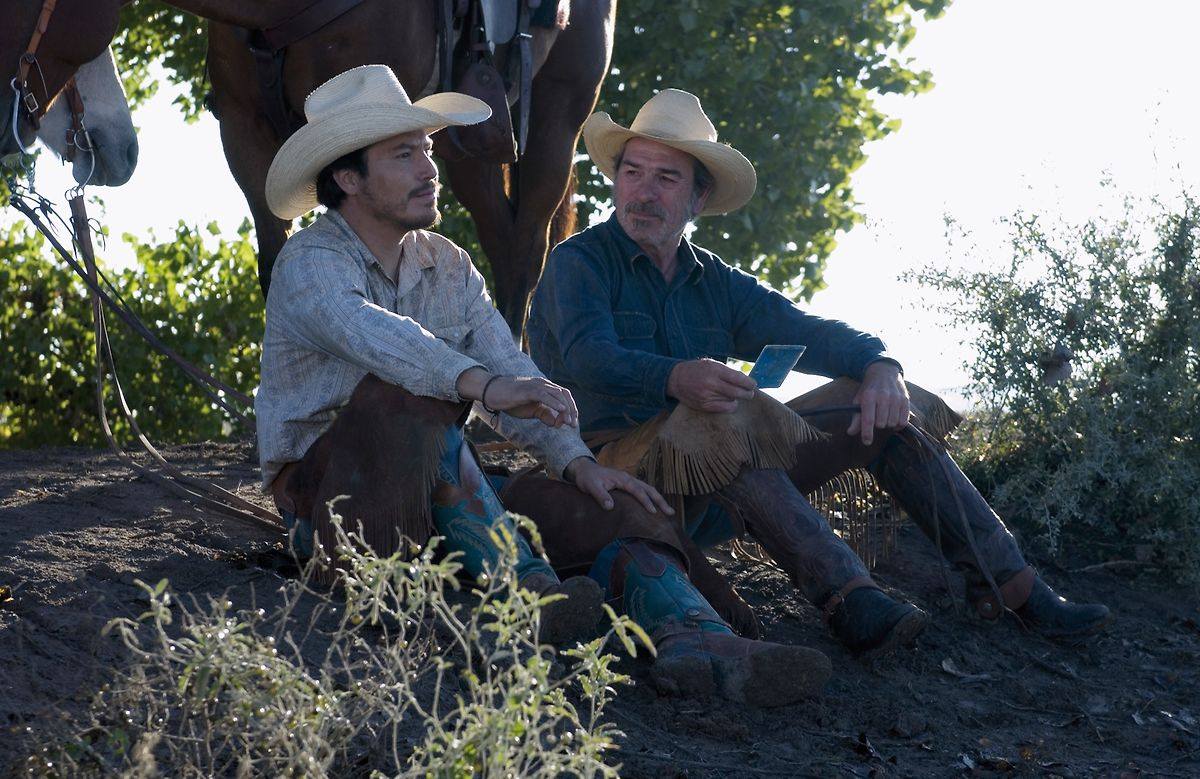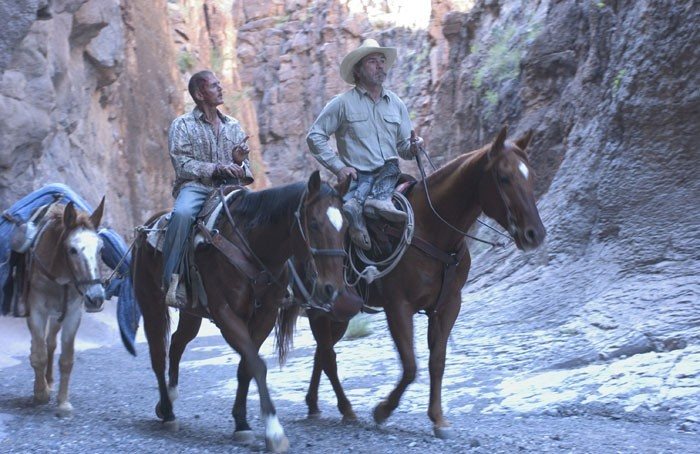The Three Burials of Melquiades Estrada (2005)

The Three Burials of Melquiades Estrada is a 2005 modern Western film directed by Tommy Lee Jones, who also stars in the lead role. The film, written by Guillermo Arriaga, is a haunting and introspective exploration of friendship, justice, and revenge. With strong performances from Jones, Barry Pepper, and the rest of the cast, the film takes a unique approach to the traditional Western genre, blending elements of drama and dark humor.
The story revolves around Pete Perkins (played by Tommy Lee Jones), a Texas rancher who embarks on a journey to fulfill a promise he made to his deceased friend, Melquiades Estrada (played by Julio Cedillo). Melquiades, a Mexican immigrant, was killed by a border patrolman, and Pete vows to bury him in his hometown in Mexico, honoring the promise to his friend. What follows is a journey that is both physical and emotional, taking Pete across the border and confronting themes of loyalty, grief, and the harsh realities of life along the U.S.-Mexico border.
The film is structured in a non-linear fashion, which allows the audience to gradually uncover the truth about Melquiades’ death. Through flashbacks and fragmented storytelling, the film reveals the complexities of Pete and Melquiades’ friendship, as well as the deeper issues surrounding the justice system, immigration, and the human condition. The use of this structure creates a sense of mystery and tension, keeping the audience engaged as they piece together the events that led to the tragic death.
Tommy Lee Jones’ performance is the heart of the film. His portrayal of Pete is both gruff and vulnerable, capturing the complexity of a man who is deeply affected by the loss of his friend. His journey is one of both physical endurance and emotional healing, and Jones brings a quiet intensity to the role. Barry Pepper also delivers a standout performance as Mike Norton, the border patrol officer who is forced to confront his own actions and guilt as he becomes entangled in Pete’s quest for justice.

The film’s cinematography by Rodrigo Prieto beautifully captures the stark and unforgiving landscapes of the Texas and Mexican deserts. The vast, barren environments mirror the emotional isolation of the characters and the harsh realities they face. The cinematography, combined with the somber tone of the film, creates a haunting and immersive experience for the viewer. The pacing is deliberate, allowing the weight of the story to unfold at a slow but steady pace.

In addition to its strong performances and cinematography, The Three Burials of Melquiades Estrada tackles important social issues, such as immigration and the treatment of immigrants. The film critiques the border patrol system and highlights the struggles faced by those who cross the border in search of a better life. Through its poignant storytelling, the film invites the audience to reflect on the themes of justice, redemption, and the human cost of the policies and systems that govern the border.

In conclusion, The Three Burials of Melquiades Estrada is a thought-provoking and powerful film that transcends the traditional Western genre. With its compelling performances, stunning cinematography, and deep exploration of themes such as justice and friendship, the film is a modern classic. Tommy Lee Jones not only directs but also delivers one of his best performances, making this a film that will stay with viewers long after the credits roll.











